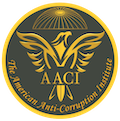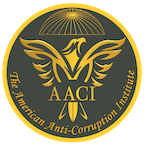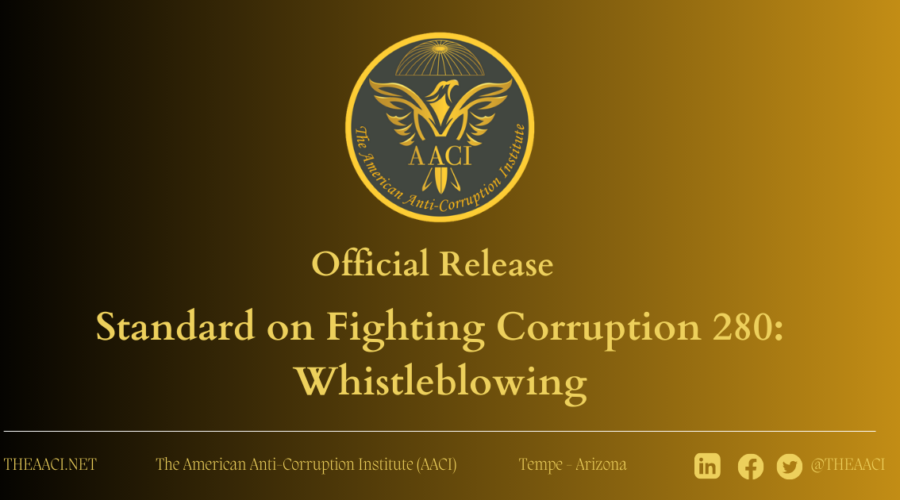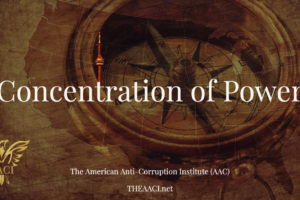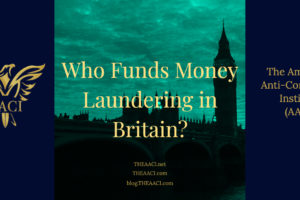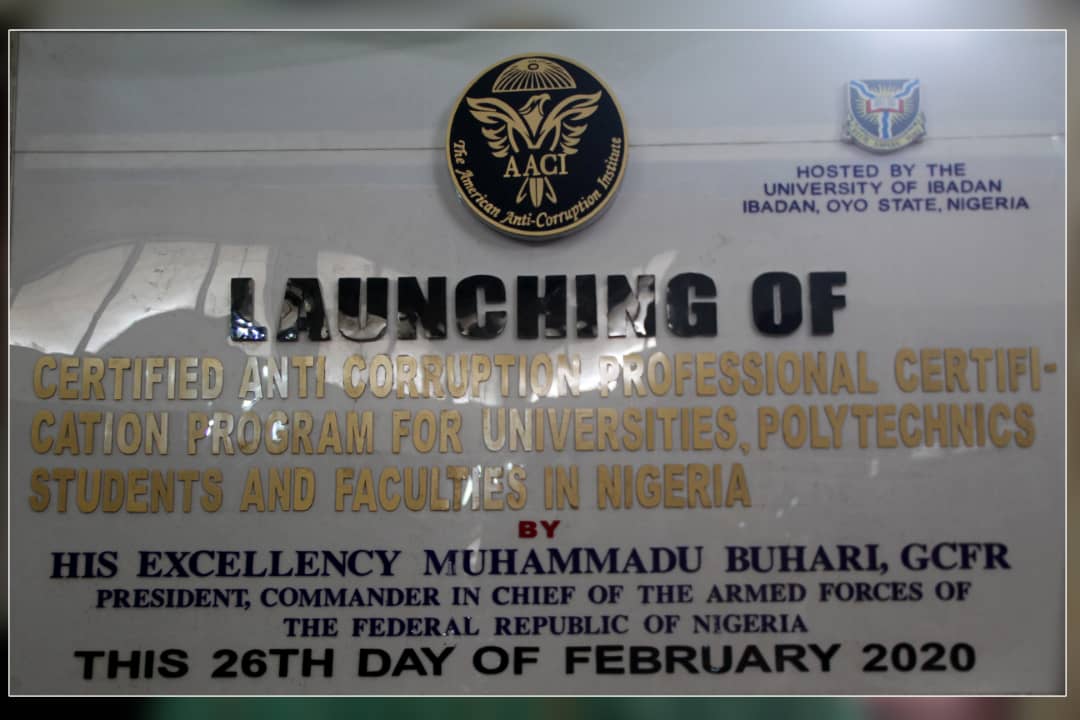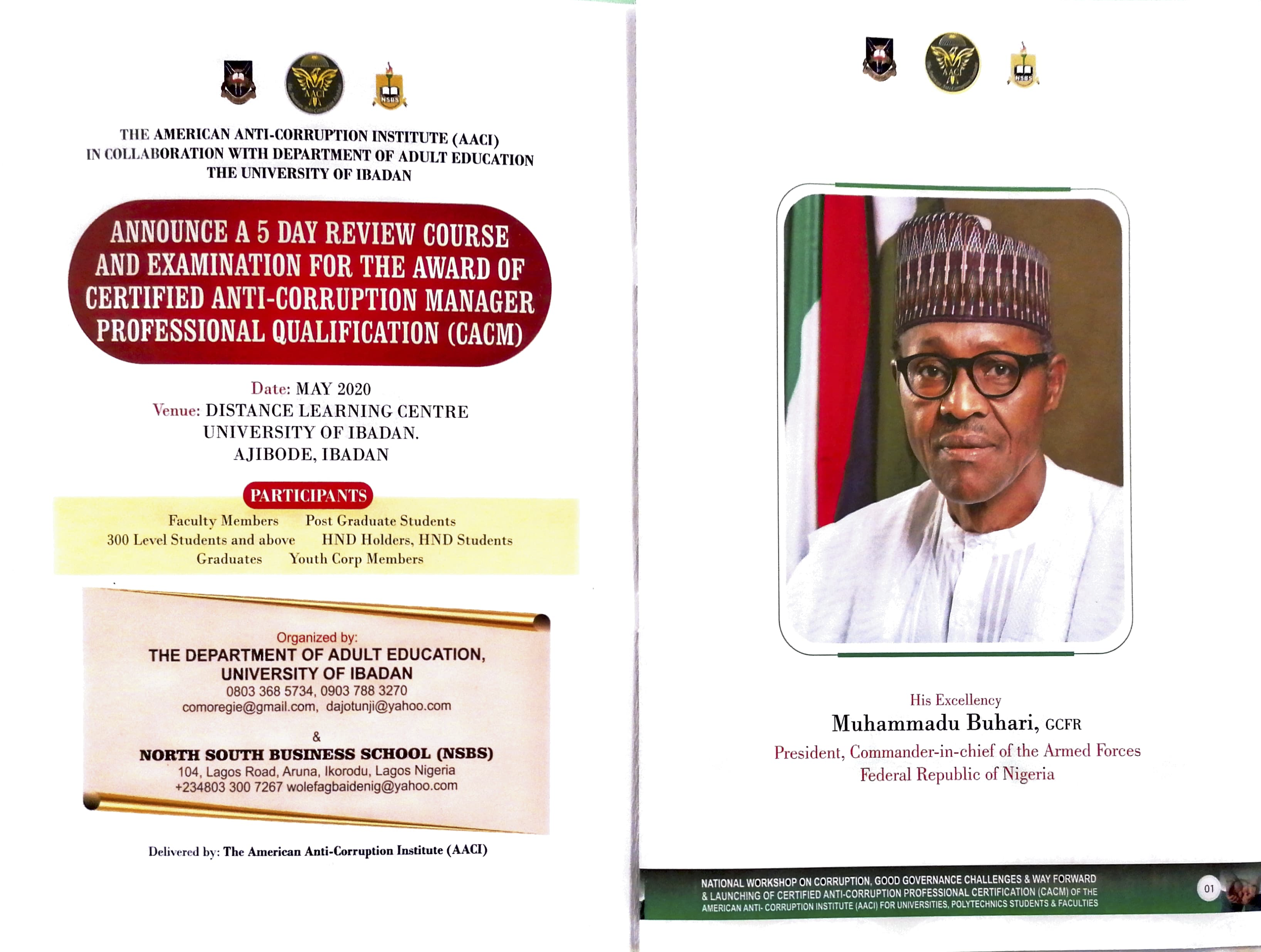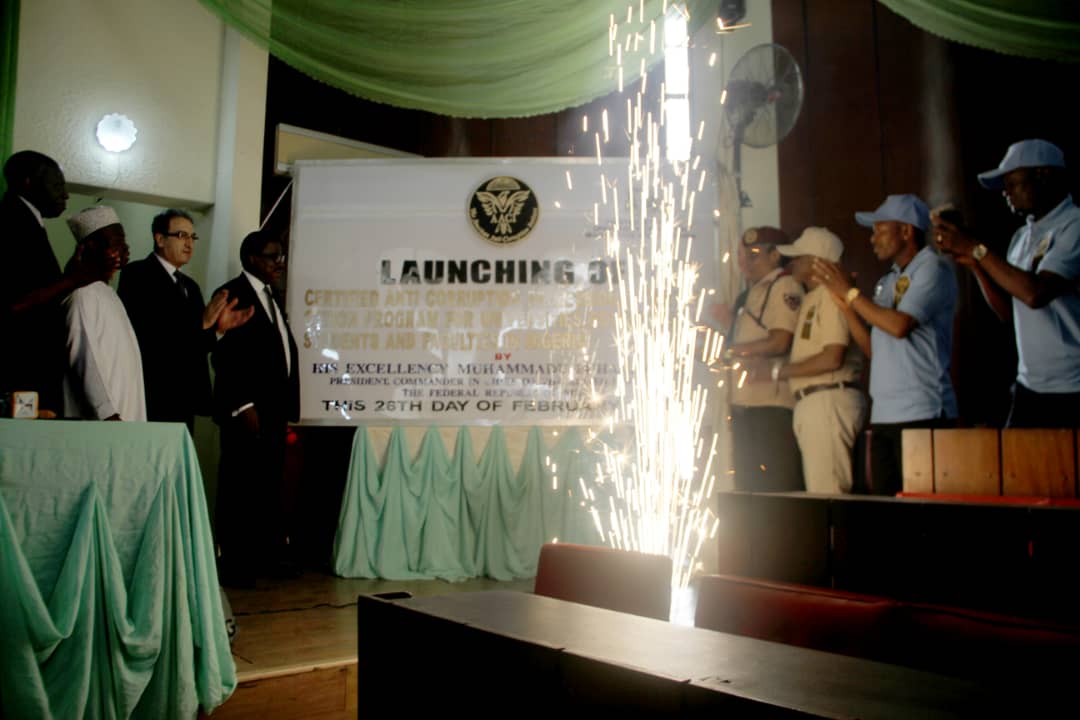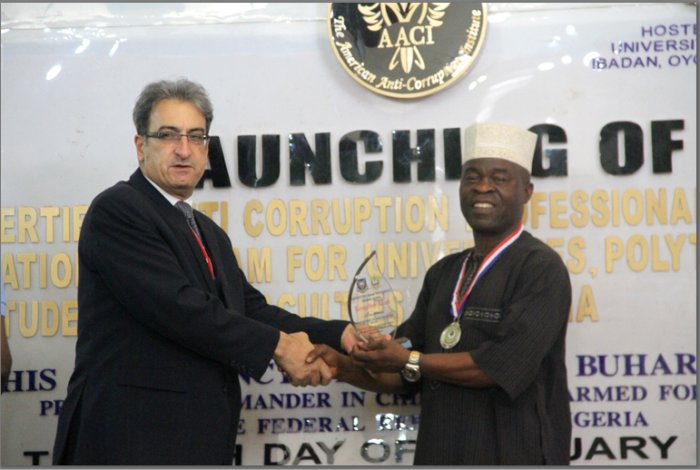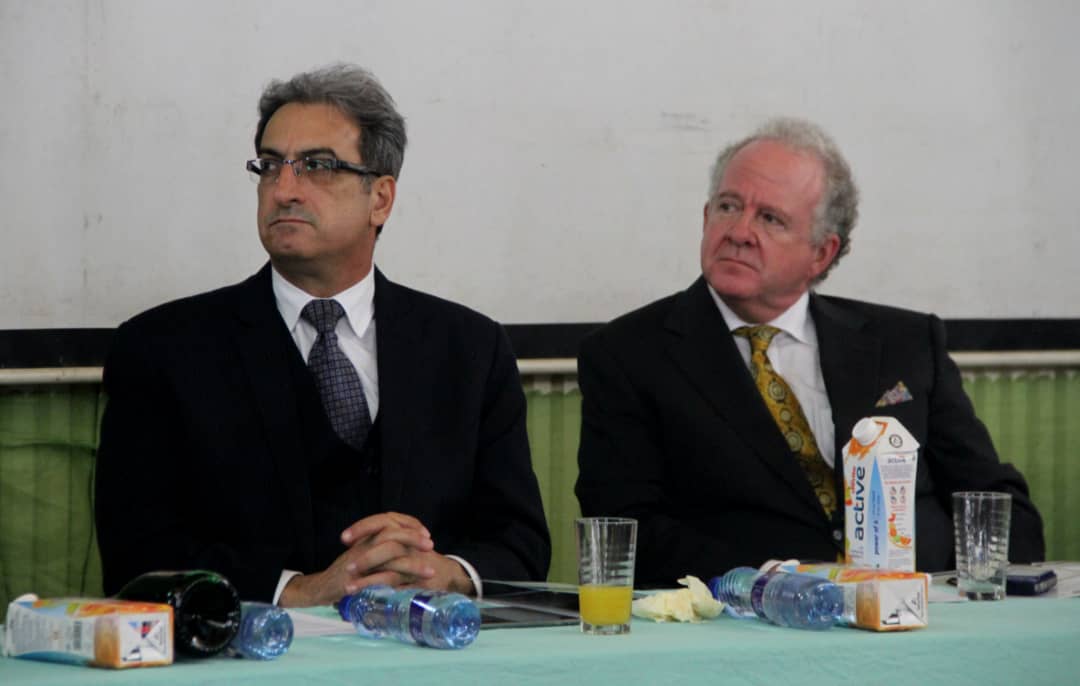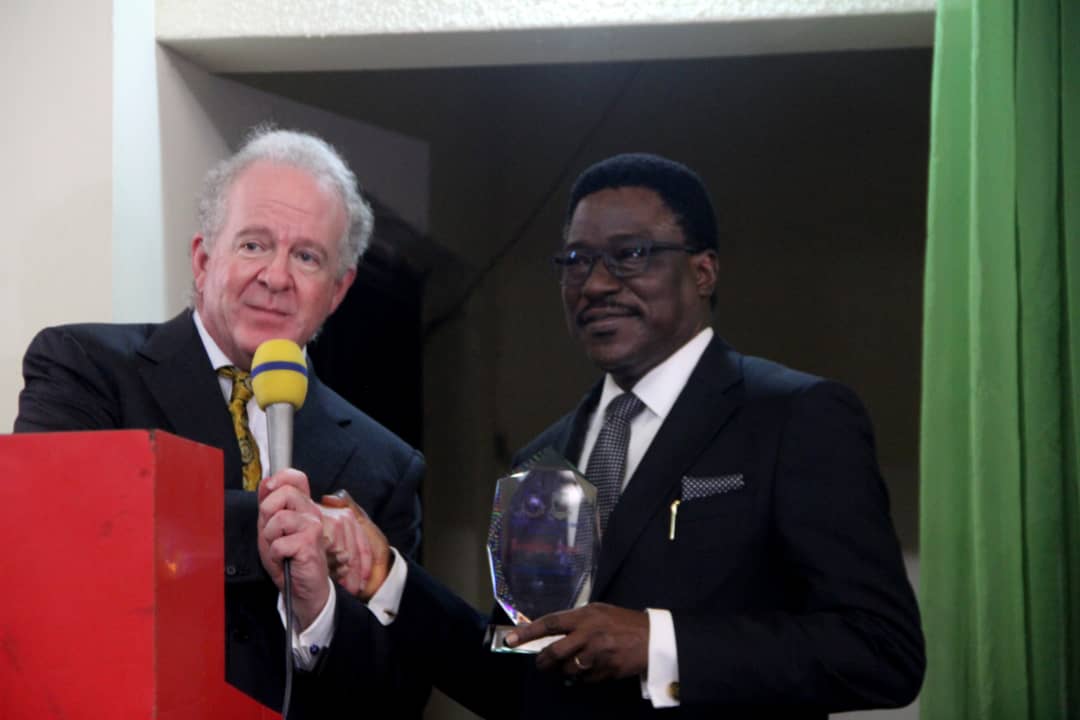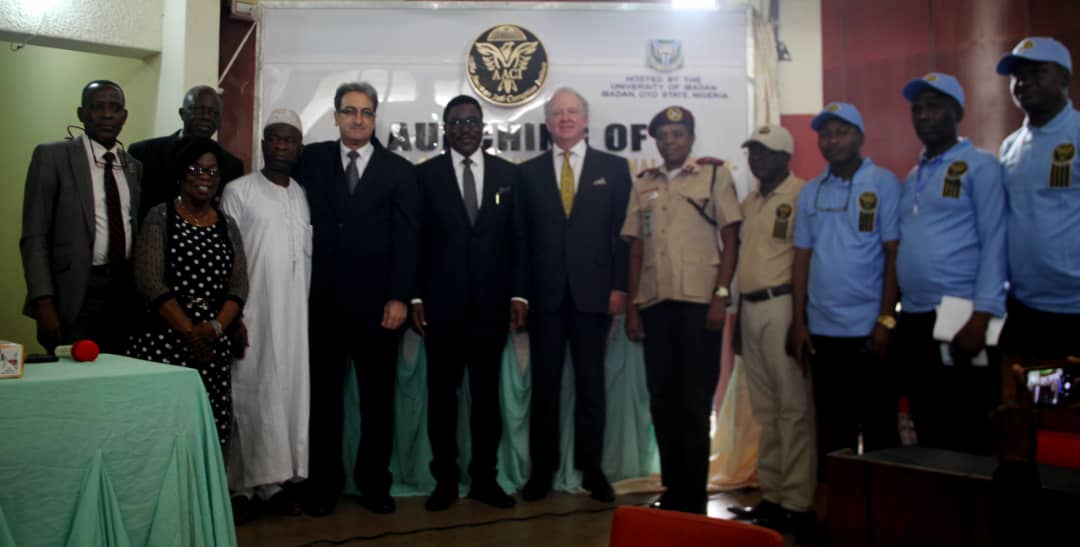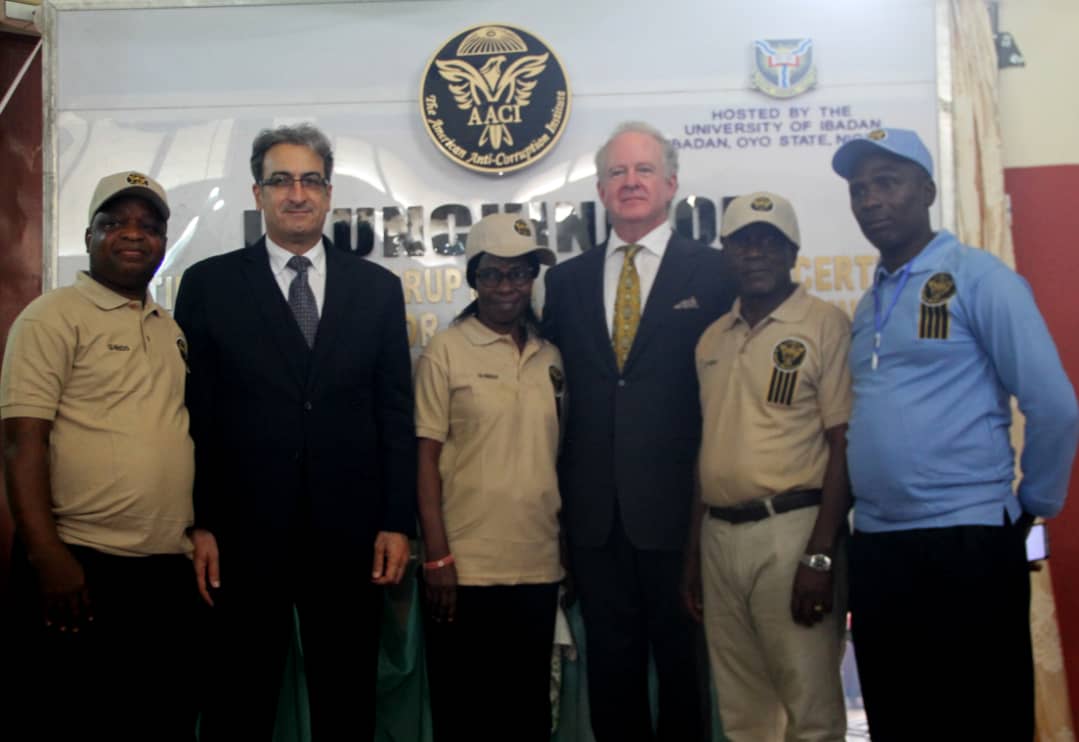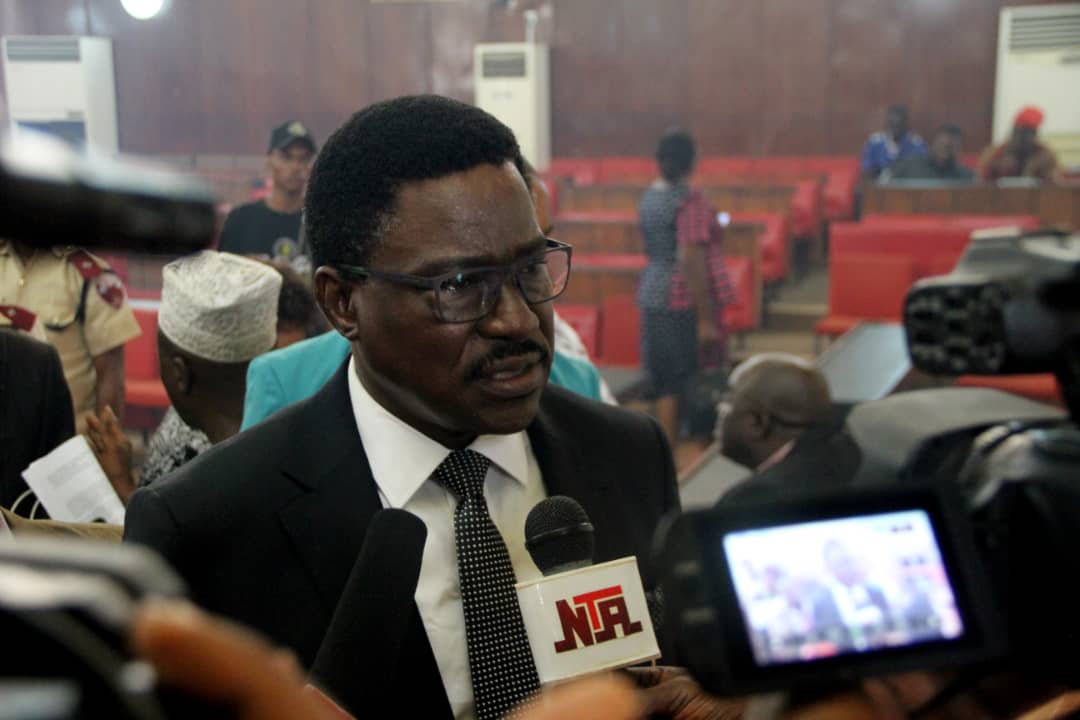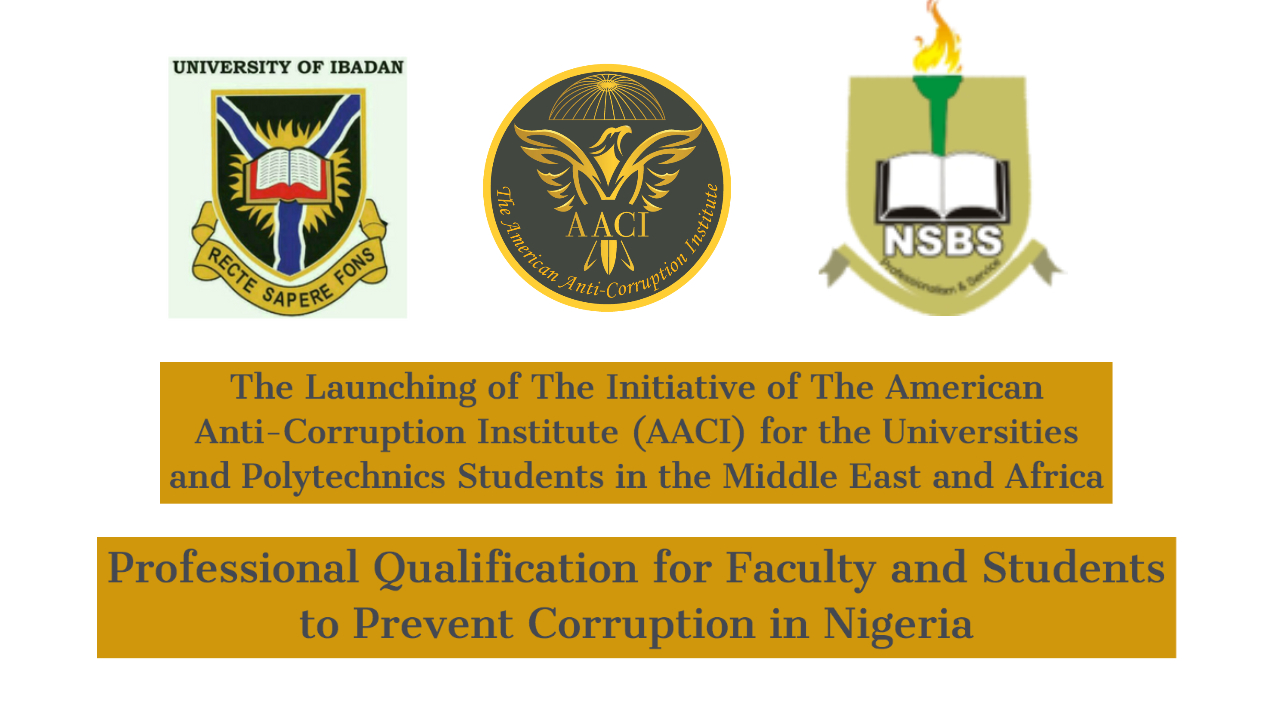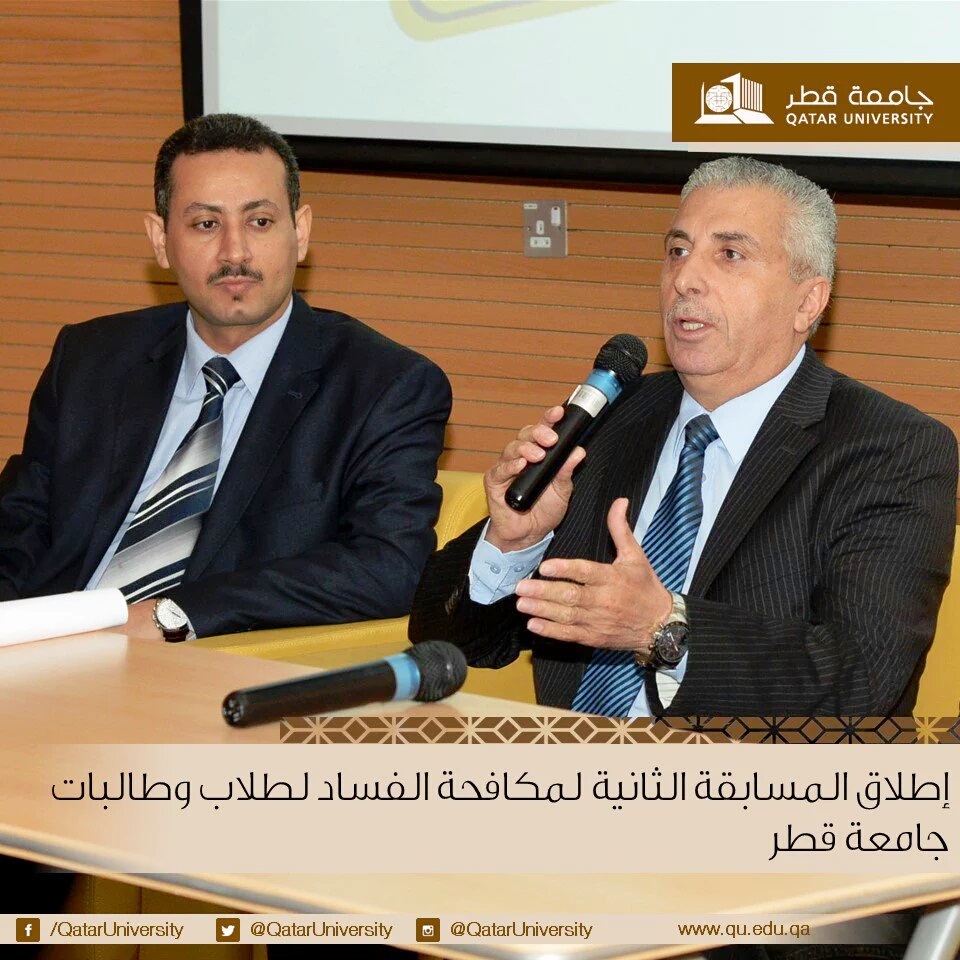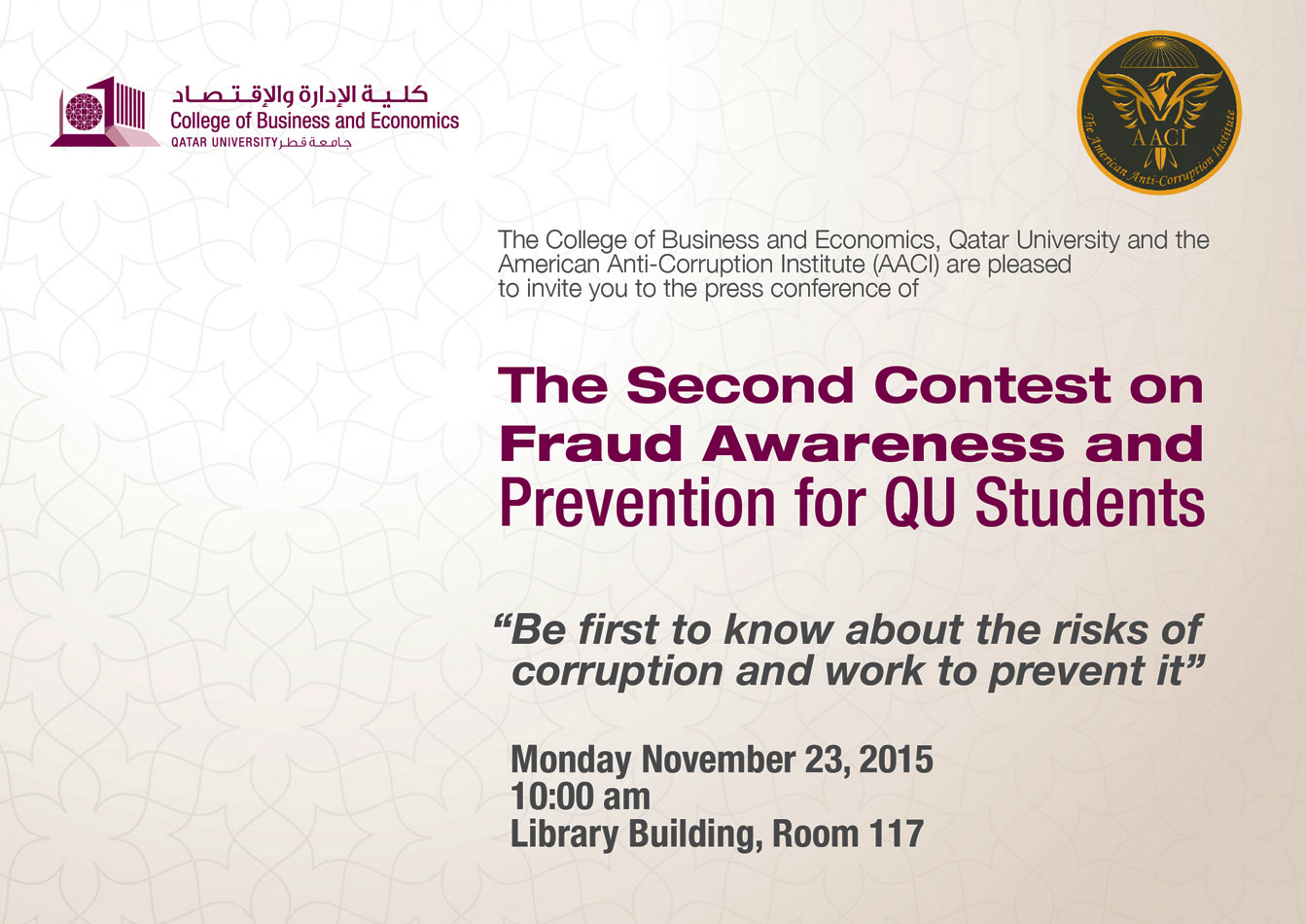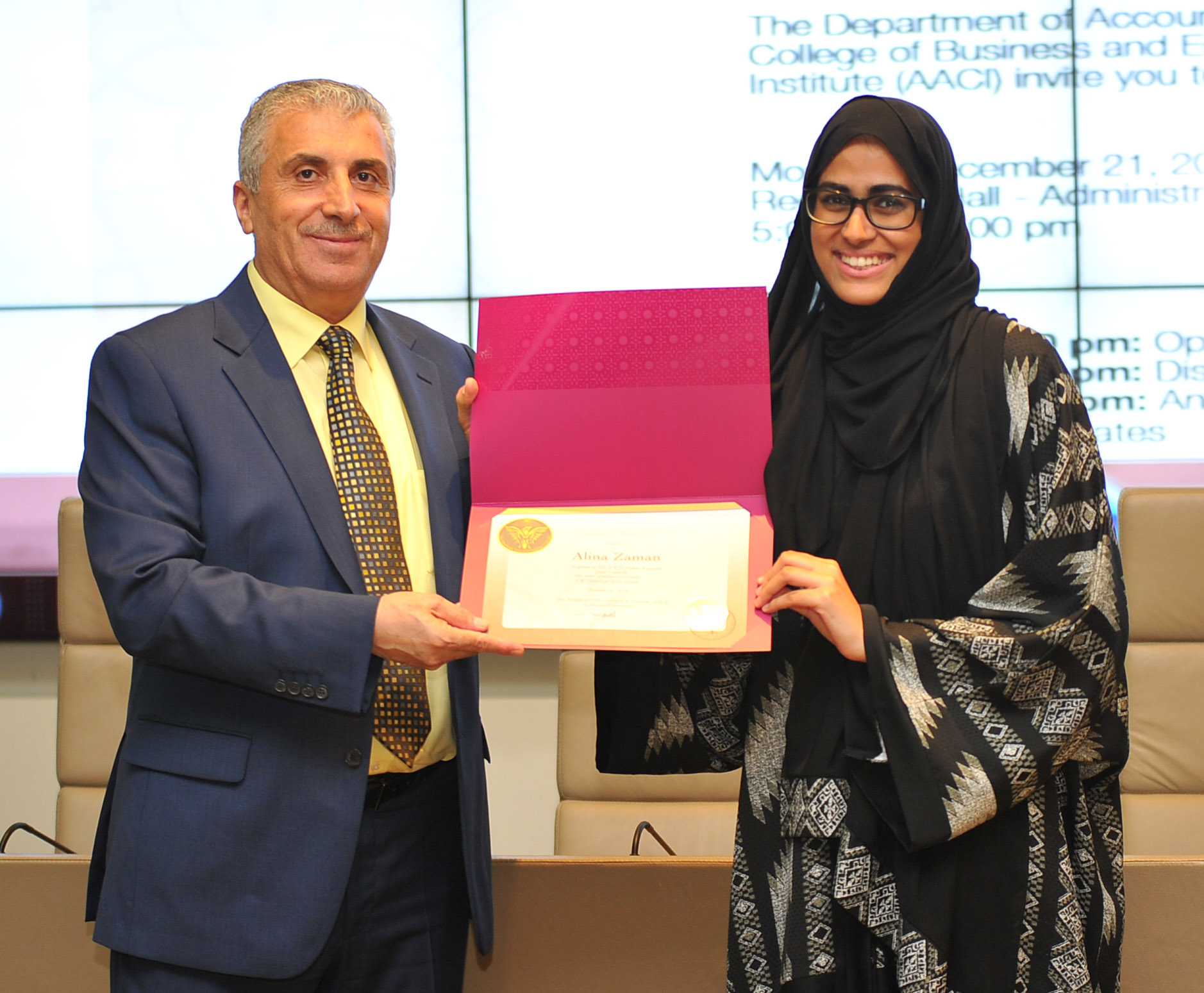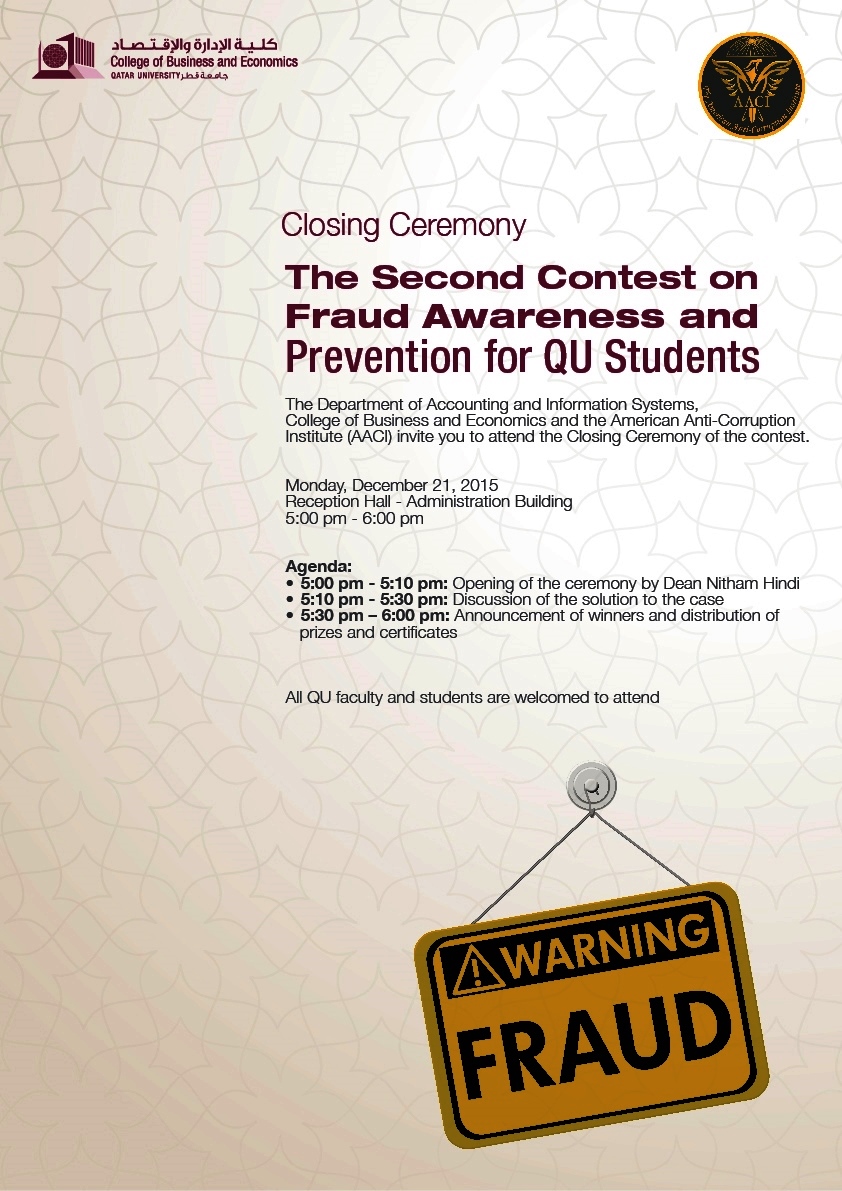OFFICIAL RELEASE
Technical Staff
July 8, 2023
Standards on Fighting Corruption (SFCs)
The SFCs are fundamental pillars and guidelines to help stakeholders implement the ten principles of fighting corruption and:
1. Promote consistent practice and behavior and facilitate effective responses to identified corruption risks.
2. Help management and other stakeholders to assess and evaluate the entity’s commitment to fighting fraud and corruption, and
3. Support international efforts in lowering corruption risks to acceptable low levels.
The American Anti-Corruption Institute (AACI) approved the issuance of the following SFC on July 7, 2023.
Standard on Fighting Corruption 280: Whistleblowing
Introduction
Scope of this SFC
1. This Standard on Fighting Corruption (SFC) deals with the whistleblowing concept and its significance and implications in the effective fight against fraud and corruption.
Effective Date
2. This SFC is effective for periods beginning or after January 1, 2024. We recommend earlier implementation.
Objective
3. Management and, where appropriate, those charged with governance shall:
a. ensure that the entity establishes and maintains an effective whistleblowing policy to deter wrongdoing and lower corruption risks to acceptable levels.
b. ensure that internal control and governance practices support the effective design and implementation of the entity’s organizational whistleblowing policy.
Definitions
4. For purposes of the SFCs, the following term has the meaning attributed below:
a. Whistleblowing is a deliberate, non-obligatory act of disclosure made, under the rules and regulations of the applicable law, by a person or persons with or without privileged access to an organization’s data or information about material illegality or other wrongdoing, whether actual, suspected, or anticipated, that implicates and is under the control of that organization, to an internal and/or external authorized person or entity with the potential to retaliate. (E1 – E3)
Requirements
5. Those charged with governance shall establish and maintain a whistleblowing policy to identify competent reporting avenues and processes to highlight internal organizational practices arising from corporate members’ discretionary authority.
6. The primary objective of a whistleblowing policy is to uncover misconduct much earlier than possible.
7. Tips are the most effective anti-corruption tool for detecting fraud and corruption. A properly designed and implemented whistleblowing policy’s effectiveness far exceeds that of internal control and governance in detecting fraud and corruption. Therefore, whistleblowing is integral to the organization’s corruption prevention policy. (E4)
8. An effective whistleblowing policy shall
a. not request employees to divulge their names since they believe anonymity enhances the efficacy of whistleblower reporting without fear of retaliation from employers. (E5)
b. engage all stakeholders in the whistleblowing mechanism. The policy should clearly state who can act as a whistleblower without ambiguity.
c. ensure that before reporting the matter to the appropriate authority for a follow-up remedy, the complaint recipient must be competent and of high integrity to respond quickly to the information received.
d. ensure that investigators approach the reported case with impartiality, objectivity, thoroughness, ethical behavior, and adherence to legal and professional standards. Effective whistleblowing can be fostered when a reported violation is corrected with a favorable solution.
9. Academics have long recognized the importance of organizational leaders in supporting internal whistleblowing. There is a direct relationship between ethical leadership and whistling the blow internally.
10. The design and implementation of whistleblowing laws, rules, and regulations should motivate and encourage whistleblowers to blow the whistle. Because whistleblowers are corruption fighters who take high risks, the government should provide them with proper and adequate protection, financial incentives, and assurance of professional processing of their disclosures. (E6 – E8)
11. Financial incentives or “whistleblowing bounties” are used to promote whistleblowing. However, many drivers motivate whistleblowers, such as serious wrongdoing, strong evidence, the perceived likelihood that reporting the misconduct will correct it, and an organizational climate of openness that encourages voice and clear reporting channels. (E9)
12. Whistleblowers weigh the danger of reprisal against the likelihood of the misconduct being corrected due to their actions. Even though they are aware of and concerned about the possibility of retaliation, they will be encouraged to act if there is a strong chance of influencing a favorable outcome.
As a result, a whistleblower would be hesitant to take all of the risks associated with coming forward and disclosing information about perceived misconduct if he believed that his action would likely not correct the wrongdoing.
Policymakers or decision makers should alleviate the whistleblower’s fears and manage such a significant risk.
Explanatory Material
E1. Deliberate means intentional, while non-obligatory means under no obligation to do so. The whistleblower should always act under the applicable rules, laws, and regulations to get protection against the employer’s potential retaliation. Whistleblowers include current and former employees, advisors, board members, vendors, auditors, and other stakeholders subject to meeting the definition of whistleblowing. The subject matter of whistleblowing is not trivial; it is significant. The whistleblower reasonably believes the wrongdoing is actual, suspected, or expected. The subject matter of whistleblowing is linked to and controlled by the entity. Whistleblowing could be internal or external. When the complaint recipient is a staff of the organization or a third party assigned by the organization, it is called internal whistleblowing. Otherwise, it is external whistleblowing.
E2. Example of internal whistleblowing:
Mr. Lee is an accountant at ABC company. He suspected the chief financial officer and the company’s president cooked the books. Mr. Lee informed the chairman of the audit committee about his suspicions. Such a disclosure act is called internal whistleblowing.
E3. Example of external whistleblowing:
Mr. Lee is an accountant at ABC company. He suspected the chief financial officer and the company’s president cooked the books. Mr. Lee thought that there were violations of federal securities laws. Mr. Lee reported his suspicions to the Securities and Exchange Commission (SEC). Such a disclosure act is called external whistleblowing.
E4. The following are the benefits of an effective whistleblowing policy:
a. Lowers fraud and corruption costs and damages.
b. Deters culprits from committing their ill acts.
c. Increases the effectiveness of governance and internal control.
d. Reduces fraud and corruption risks.
e. Enhances citizenship.
f. Supports the stakeholders’ engagement in the fight against corruption.
g. Supports the law enforcement agencies’ efforts to preserve the integrity of international trade and capital markets.
E5. The whistleblowing regulatory framework should provide whistleblowers with various remedies against employers’ potential retaliation.
E6. Protecting the identity of whistleblowers is vital to the effectiveness of the whistleblowing policy.
E7. Whistleblower concerns about identity protection are legitimate, and to motivate whistleblowing, whistleblowers should be assured that their identities would be safeguarded, or they should be allowed to make anonymous disclosures.
E8. Whistleblowers must have their identities protected to be encouraged to do so. Internal and external reporting methods would most likely prevent whistleblowers from coming forward with information regarding misconduct because they are concerned about their identity being appropriately secured.
E9. Financial incentives or “whistleblowing bounties” are used to encourage whistleblowing. The United States of America provides successful results in using whistleblowing bounties.
The SEC’s 2020 Annual Report to Congress on its Whistleblower Program provides clear evidence of the growth and success of the whistleblowing rewards program. The Report said:
“In FY 2020, the Commission awarded approximately $175 million to 39 individuals — both the highest dollar amount and the highest number of individuals awarded in a fiscal year. We are particularly proud of the number of individuals awarded under the program this fiscal year, which is triple the number awarded in 2018, the next highest fiscal year when the Commission awarded 13 individuals.
Principles of Fighting Corruption, Standards on Fighting Corruption (SFCs), Consultation Papers, Exposure Drafts, and other publications of The American Anti-Corruption Institute llc (AACI) are published and copyrighted by AACI or its Exam Unit.
The AACI does not accept responsibility for loss caused to any person who acts or refrains from acting in reliance on the material in this publication, whether such loss is caused by negligence or otherwise.
Copyright © 2023 by The AACI. All rights reserved. Written permission from The AACI is required to reproduce, store, transmit, or make other similar uses of this document or its contents on our websites or digital media, save for where the document is being used for individual, noncommercial purposes use only. Contact copyright@theaaci.com.
